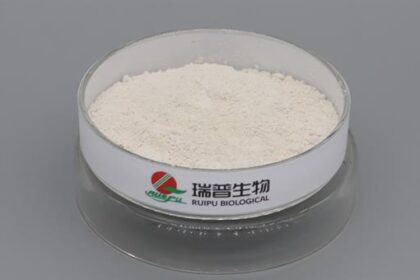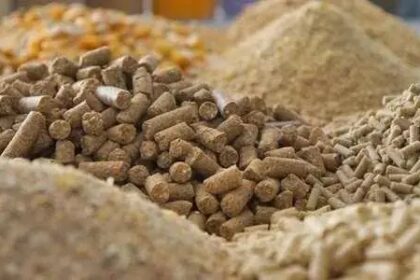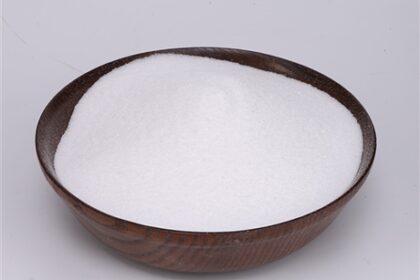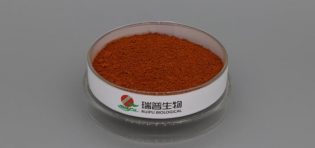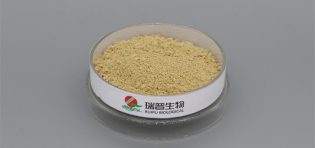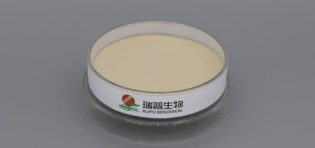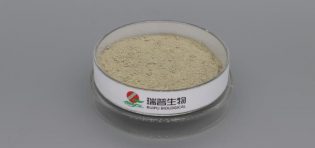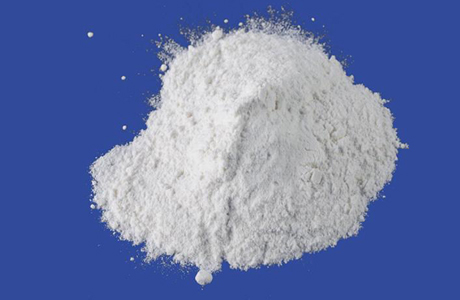
Magnesium oxide is an inorganic compound with the chemical formula MgO, serving as the oxide of magnesium. It is widely utilized as a filler and insulating material in the electrical industry, possessing excellent electrical properties and quality. Moreover, it finds application in the ceramic field as a raw material for translucent ceramic crucibles, substrates, and more. Imported magnesium oxide typically exhibits high purity, offering superior alkali resistance and electrical insulation at high temperatures. It also boasts high coefficients of thermal expansion and thermal conductivity, along with excellent optical transparency.
Imported magnesium oxide typically appears as a white lightweight powder, sparingly soluble in pure water and organic solvents. It features a high melting point at 2852°C and a boiling point at 3600°C. Magnesium oxide acts as an alkaline oxide, sharing characteristics with other alkaline oxides. It readily absorbs moisture and carbon dioxide, transforming into basic magnesium carbonate. It dissolves in acid and ammonium salt solutions but remains insoluble in ethanol.
The production processes for imported magnesium oxide may include methods such as the oxygen-alkali process, magnesium bromide process, and carbonate process. These methods yield magnesium hydroxide through various chemical reactions, subsequently calcined to produce magnesium oxide.
China stands as one of the leading producers of magnesium compounds globally, with the magnesium oxide industry showing overall growth. High-purity magnesium oxide finds extensive applications in electronics, optics, medicine, and other fields, making the development of high-purity products a significant market direction.
When using and storing imported magnesium oxide, precautions should be taken to prevent exposure to humid environments, avoiding moisture and carbon dioxide absorption and subsequent deterioration. Additionally, contact with oxidizers, acids, halides, and similar substances should be avoided to prevent chemical reactions.

